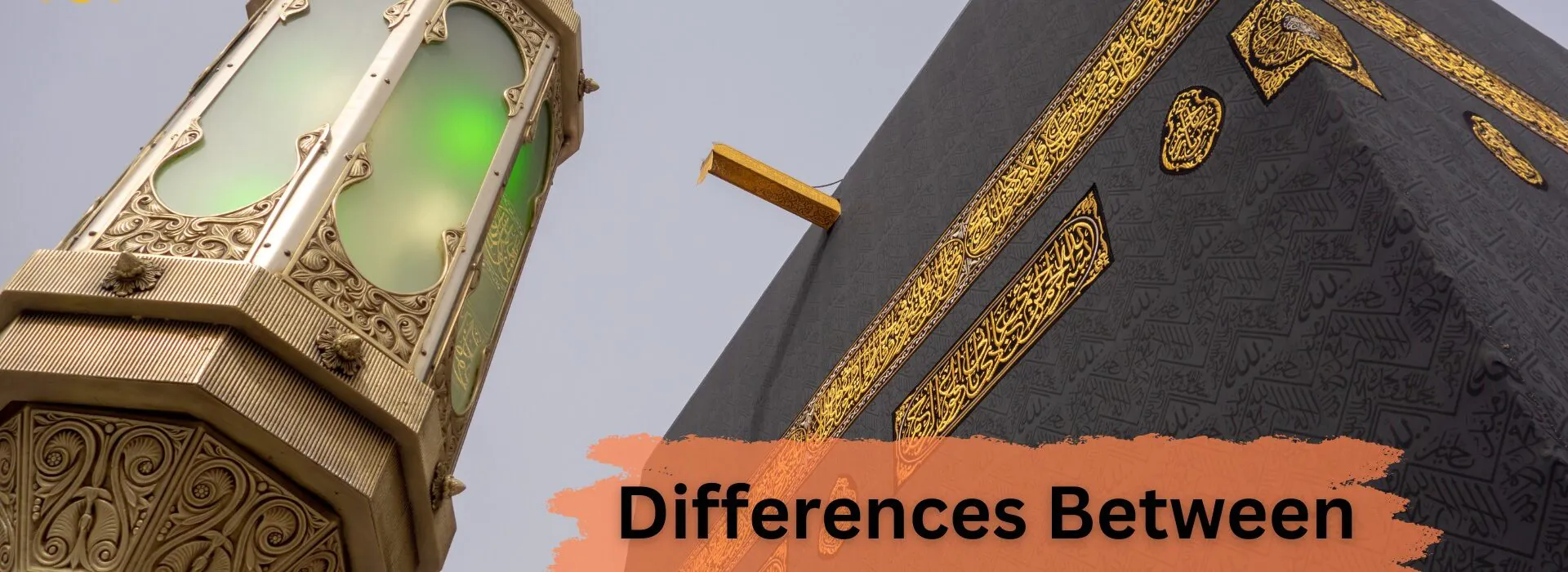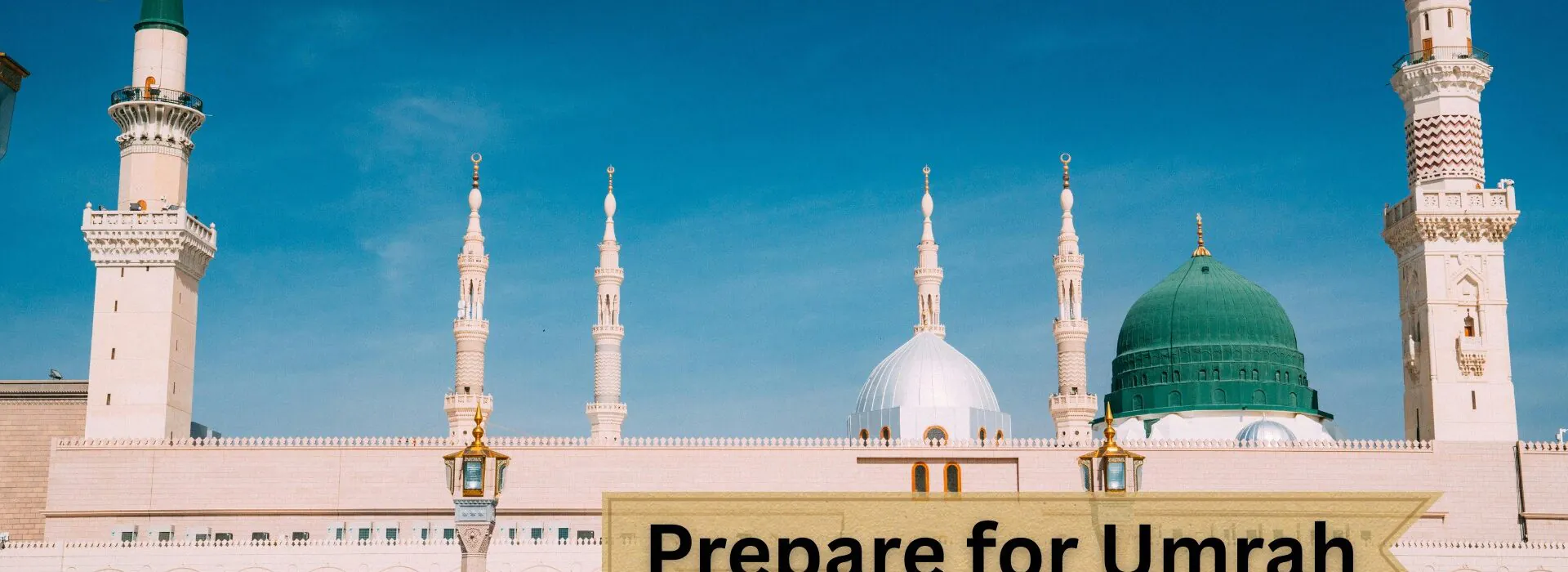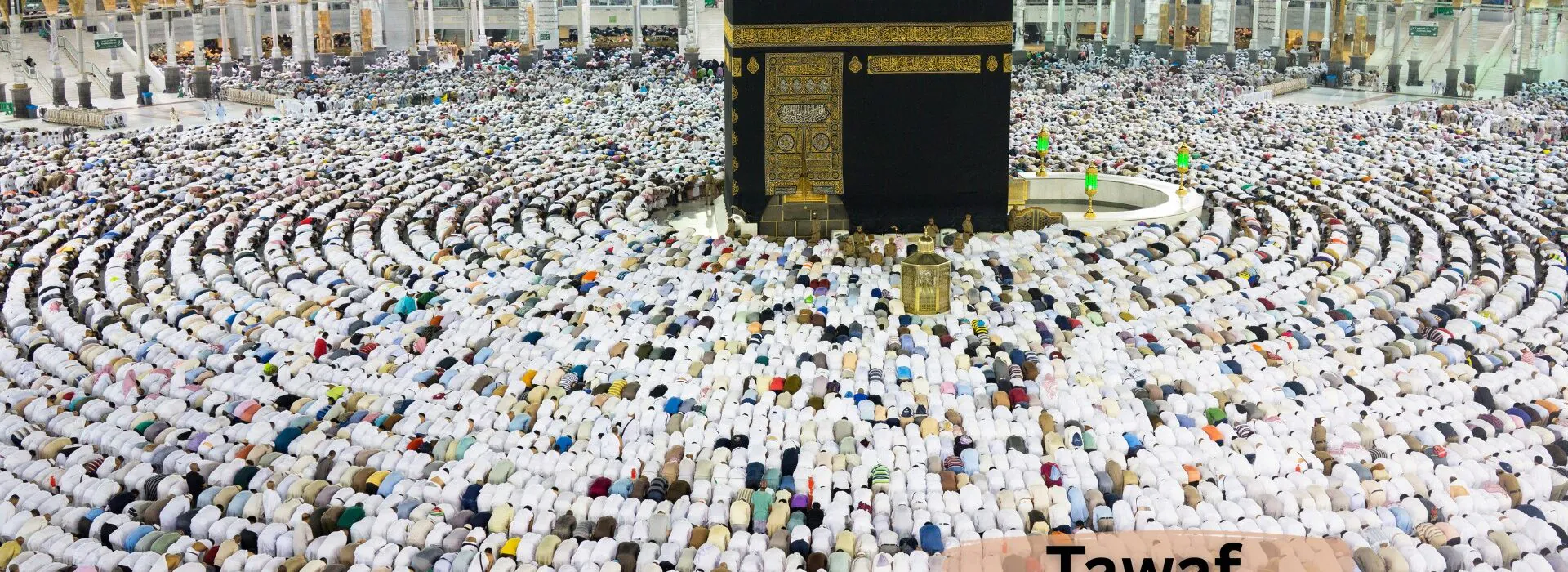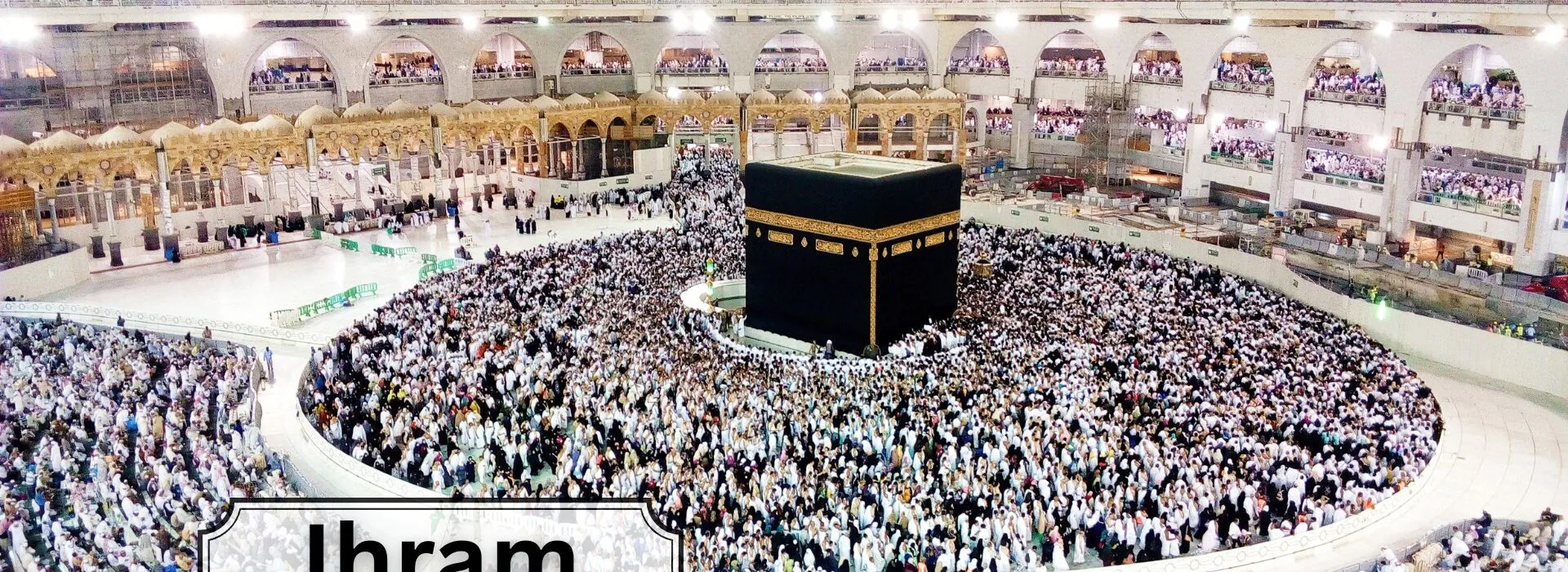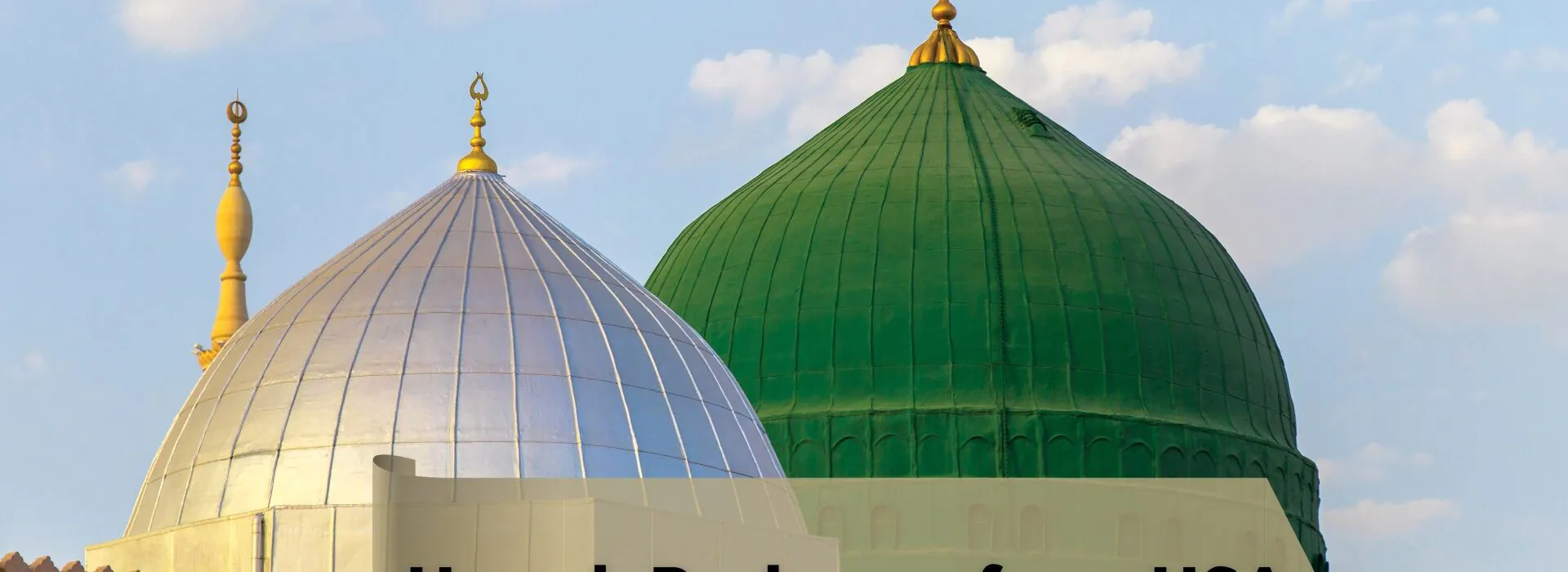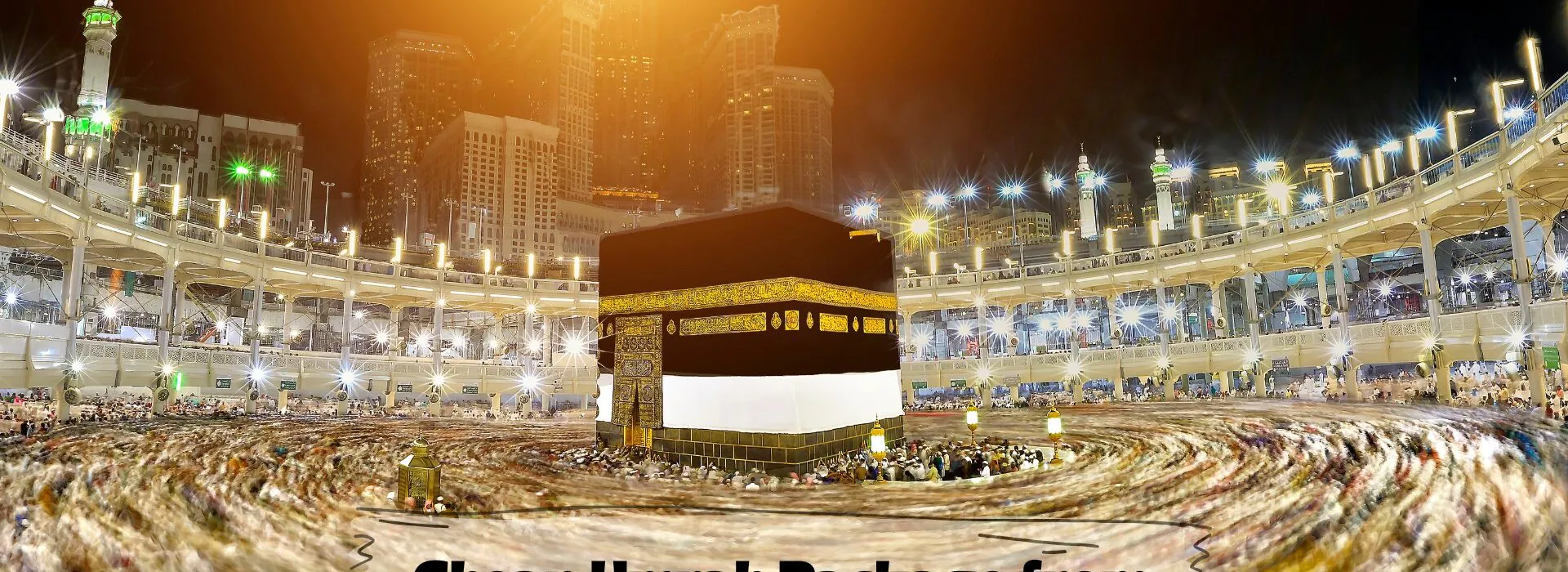The Islamic religion has two pilgrimages that include Hajj pilgrimage and Umrah pilgrimage which brings the numbers of Muslim faithful to the sacred city of Mecca annually. The two pilgrimages are among the religious worships which entails a set of rituals, which are actualized in the introduction of Allah. They are similar in the same part, and as in their rites, but not in their work, in time and in feeling. It is these differences to which it belongs that the person who will tend to such paths will be relevant.
A comparison guide to Hajj and Umrah will help to see the differences between these two trips more clearly and to enjoy the differences between them. This paper will take you on a tour of the key distinctions in case you are going to Makkah and this will be your first pilgrimage, or you simply need to get to know more about this topic.
Exploring the Differences Between Hajj and Umrah
The essential distinctions between Hajj and Umrah are the degree of compulsion, time of the year in which they are practiced and ritual. Hajj is mandatory pilgrimage that is mandatory to all Muslims who are financially and physically able to carry out and one of the Five Pillars of Islam and it must be done within a specified period of time. Umrah however is not a compulsory but highly optional pilgrimage that can be made anytime of the year even with the help of the Umrah Packages from New York. Hajj is a larger and richer worship although they both pilgrimage to Kaaba and some of their rituals like Tawaf and Sa’i, Hajj is small days and locations.
The Pillars of the Journey: Hajj
Hajj is no exception and it is also included in the list of the Five Pillars of Islam and therefore it is one of the basic religious activities of Muslims who are capable of doing it. This has been very clearly pronounced in the Quran: And pilgrimage to the House is [due] to Allah by the people–whoever is able to go therein a way. (Surah Al-Imran, 3:97). This pilgrimage is a very spiritual pilgrimage since it symbolizes oneness, equality and subordination to God.
Obligation and Timing
Hajj is Fard, that is obligatory, at least once in his or her life, provided he or she is an adult Muslim and financially and physically able (istita’ah). One of the major differences is its time. The Hajj rites are only carried out within a specific time in the Islamic lunar calendar; during the 8 th to 12 th or 13 th of Dhul Hijjah which is the last month of Islamic year. The particular period unites millions of pilgrims in Mecca forming the greatest display of religion ever.
The Rituals of Hajj
Hajj incorporates more and elaborate rituals than Umrah. These rituals are called Manasik al-Hajj, and they are required to be carried out in a certain order, and in a series of days. The key rituals include:
Ihram
The purity and the sanctity a pilgrim needs to achieve before Hajj. This comes with certain intentions (niyyah), dressing in plain white clothes (among men), and following some proscriptions.
Tawaf al-Qudum
The Tawaf of Arrival that has seven rounds around Kaaba that is done when one arrives at Mecca.
Sa’i
Through the water of the prophet Ibrahim being searched by his wife, Hajar, there exists a need of walking and running seven times between hills of Safa and Marwah.
Day of Tarwiyah (8th Dhul Hijjah)
The pilgrims also take a visit to Mina tent city which is located close to Mecca and pray and meditate 24 hours.
Day of Arafat (9th Dhul Hijjah)
It is the great day of Hajj. The pilgrims gather at the Arafat plain to repent and pray and obtain forgiveness of God. The status of Arafat cannot be ignored and this makes the Hajj null.
Muzdalifah (Night of 9th Dhul Hijjah)
They also enable pilgrims to spend the night in Muzdalifah before the Day of Arafat when they will be sleeping in the open where they will collect pebbles that they will use to keep them busy in the following ritual during the next day.
Rami (10th Dhul Hijjah)
It is carried out by those pilgrims who visit Mina by stoning the devil through throwing pebbles at the largest pillar Jamrat al-Aqabah as an indicator of the Eid al-Adha celebration. A precursor to this is the animal sacrifice (Qurbani).
Tawaf al-Ifadah and Sa’i
The pilgrims then return to Mecca so that they may make another Tawaf around Kaaba, and finally Saigi. After this, they do not have much of the limitations of Ihram.
Days of Tashreeq (11th-13th Dhul Hijjah)
They are feasts and pilgrims of Mina emulated the sacrifice carried out by Rami by stoning all the three pillars.
Tawaf al-Wada
The last ritual is the “Farewell Tawaf” which is done almost before leaving Mecca.
The Lesser Pilgrimage: Umrah
Umrah is also known as the lesser pilgrimage and it is a very worthy and advisable worship in Islam. Though not mandatory as Hajj, it has great spiritual benefits of doing it. Prophet Muhammad (peace be upon him) encouraged it claiming that the Hajj and Umrah performers are the representatives of Allah. When they invoke Him He hearkens to them and when they request His forgiveness, He forgives them.
Obligation and Timing
Umrah is regarded Sunnah, i.e. it is a practice of prophet Muhammad but not a command. This causes it to be an act of worship that is voluntary. One of the benefits of Umrah is that it can be done during any time of the year, but not on the Hajj days. This will enable people to have their time at a convenient time and escape the huge masses during the Hajj season. A good number of Muslims prefer doing Umrah during Ramadan because it is claimed that the reward is equal to doing Hajj.
The Rituals of Umrah
The Umrah rituals are less complicated and can be done within few hours. The rituals, which are called Manasik al-Umrah, are divided into four major sections:
Ihram
Just like Hajj, pilgrims are required to enter a state of Ihram by intending and putting on the prescribed clothing before arriving at the specified points of boundaries (Miqat).
Tawaf
In the same manner as Hajj, pilgrims also have to enter a state of Hajj by intention and putting on the prescribed clothes, and then arrive at the designated points of limits (Miqat).
Sa’i
Pilgrims also walk around Saafa and Marwah seven times after Tawaf as a ritual called Saifah.
Halq or Taqsir
Men are required to shave their heads (Halq) and even remove the hair (Taqsir) to complete the Umrah but women cut a little part of their hair. This is the annihilation of state of Ihram.
Key Distinctions at a Glance
Nonetheless, despite these two pilgrimages being viewed as a crucial religious undertaking, it is worth noting that, the two pilgrimages have a slight difference. The religious value defines the character of differences between Hajj and Umrah regarding the time of its implementation of functions and the difficulty of exercises. It is an obligatory pillar of Islam that has to be accomplished at a specific timeline of the year and number of obligations that should be accomplished but Umrah is voluntary and can be accomplished at any time of the year within hours and this also is the differences that could be experienced and projecting of these blessed journeys will be in motion with the help of this perception.
Plan Your Sacred Journey
It is based on understanding the special needs and the spiritual meaning of both the Hajj and Umrah that make the pilgrimage satisfactory. In every pilgrimage, there is a unique way through spiritual revival and a new relationship with Allah. This pillar of Islam is Hajj, which is a transformative and once in a lifetime duty and Umrah offers an easier avenue of visiting the holy sites and receiving blessings of God.
In Crowne Travels, we know how to simplify these religious pilgrimages. Our expertly designed Hajj and Umrah packages ensure that one does not forget about his or her spiritual religion. Connect with us and know more about the pilgrimage and begin planning on it.

